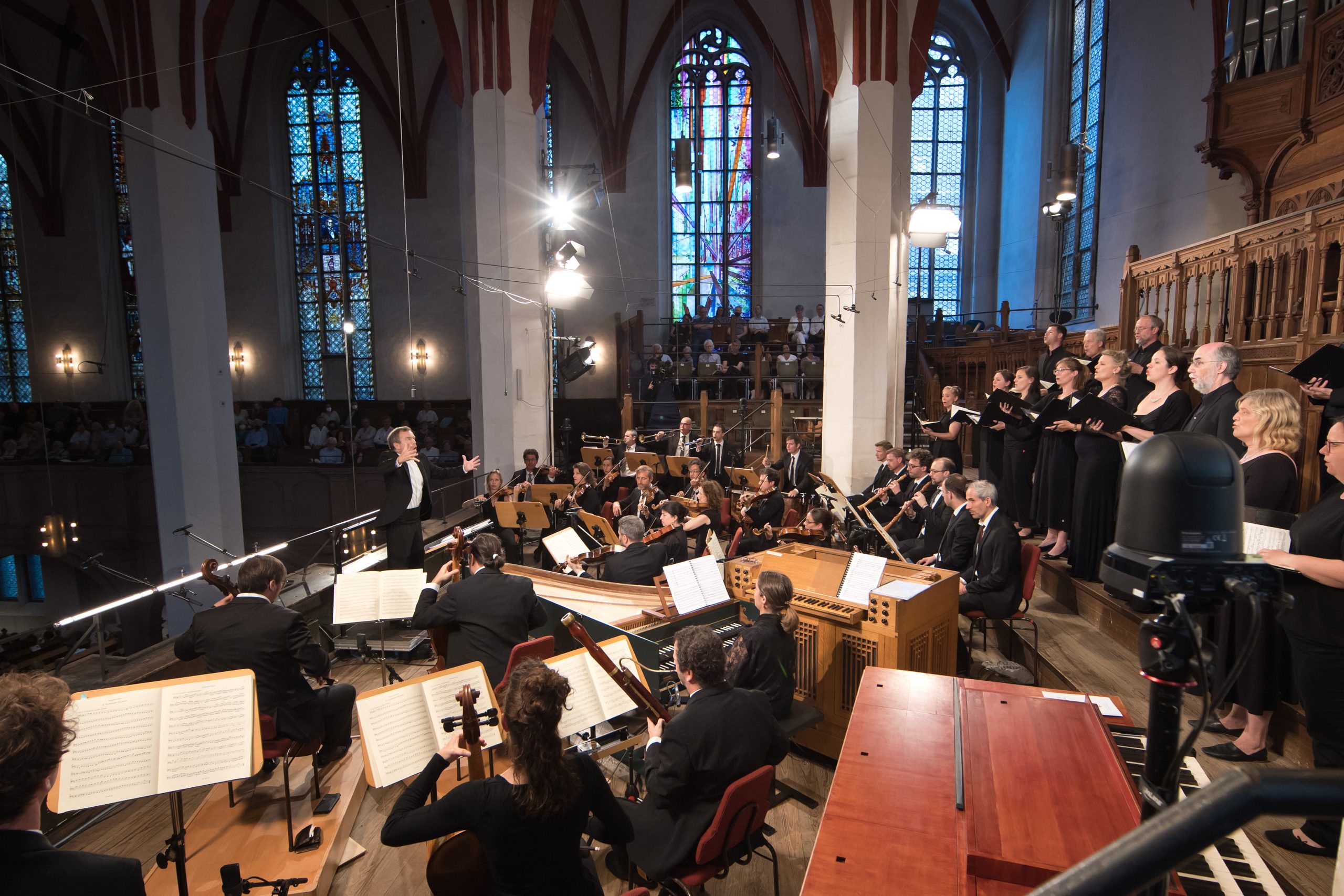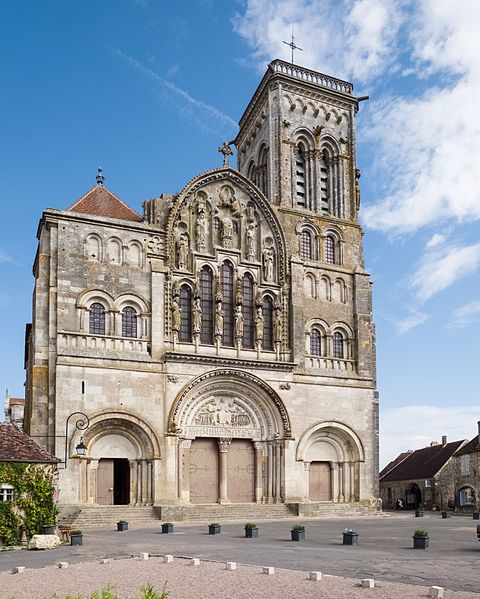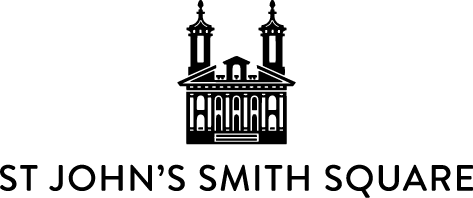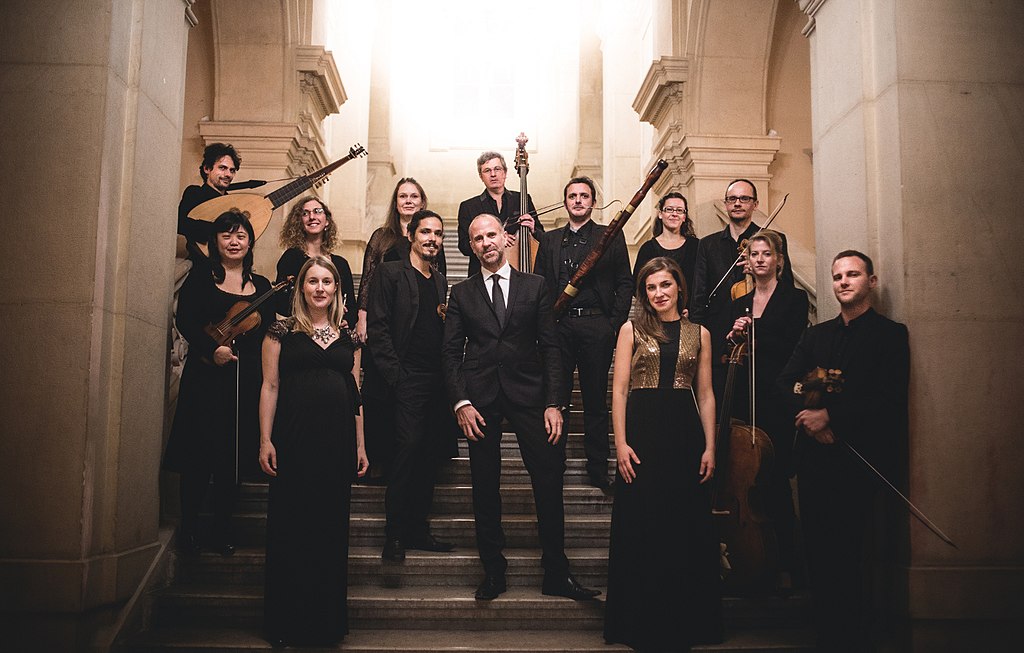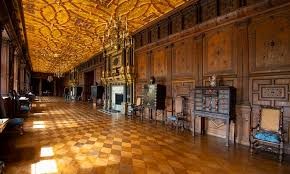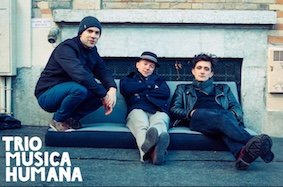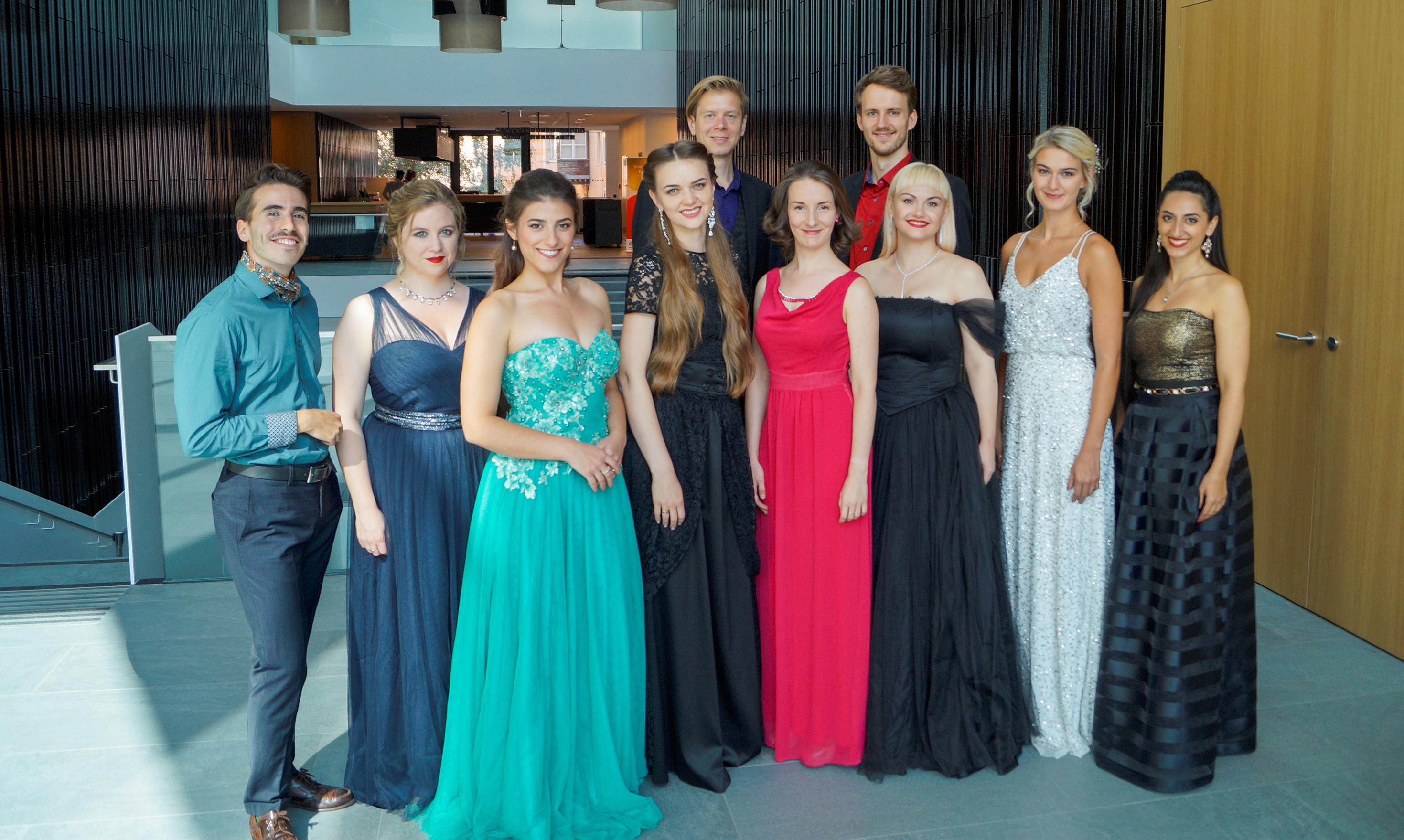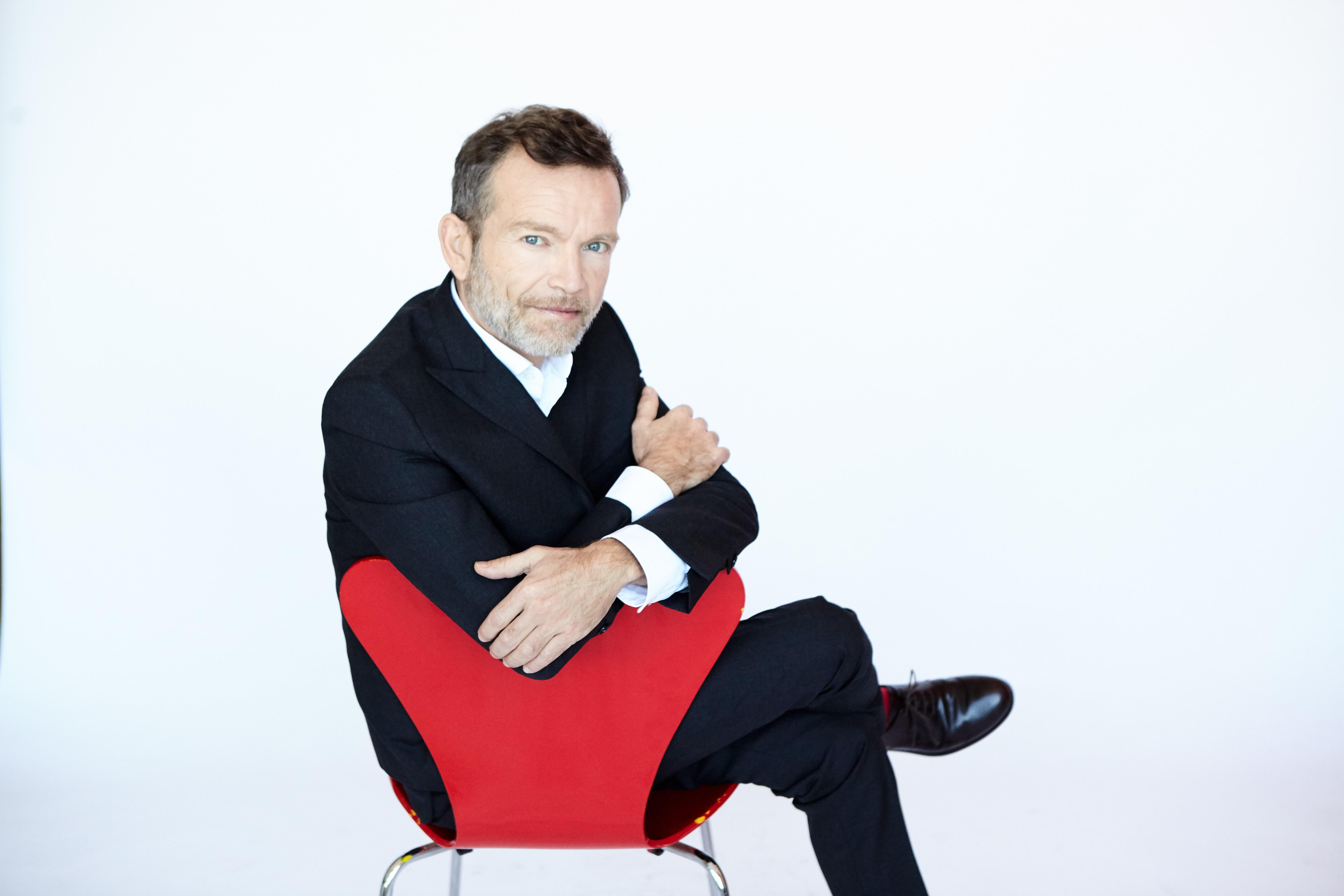Photo © Zani-Casadio
With the onset of the Covid pandemic, the streaming of live opera became an increasingly viable and popular way not only to bring opera to an established audience unable to attend public venues, but also to open up the genre to a new audience. Opera Streaming is the name given to a seasonal programme of opera transmissions that are freely available on YouTube. Based in the Emilia-Romagna region of northern Italy, the project draws on the productions presented in an area rich in historic theatres. Within this comparatively small region, there are no fewer than eight theatres, those of Bologna, Piacenza, Parma, Reggio Emilia, Modena, Ferrara, Ravenna and Rimini. Opera Streaming has no input into the theatre production, streaming solely without interference as an ‘onlooker’. Among the works scheduled for the 2022-23 season were new productions of Verdi’s Rigoletto (from Piacenza), Die Fledermaus, given in Italian (!), and the one to which I was invited, Vivaldi’s Il Tamerlano given in the beautiful mid-19th century theatre in Ravenna on January 14 and 15, on the latter of which the opera was streamed live.
I wrote above ‘Vivaldi’s Il Tamerlano’ but knowledgeable Vivaldians will be aware that is only partially true, since the opera is a pasticcio, one of three operas commissioned by the Accademia Filarmonica of Verona for the Carnaval season of 1735. Vivaldi had been hired as impresario for the season, so his occupation in that capacity probably accounts for the reason he put on a pasticcio, one based on a manuscript of his own, Il Bajazet. From that he took the majority of arias, but added others by Giacomelli (3 arias), Hasse (3) and Riccardo Broschi, the brother of Farinelli, who is represented by two. Vivaldi was therefore left with only recitatives to compose, including several stretches of accompagnato, most notably Bajazet’s spine-chilling denunciation of his daughter Asteria near the end of act 2. Also worth noting as being of exceptional quality is Tamerlano’s ‘Cruda sorte’, taken from Hasse’s Siroe, re di Persia of 1733, although that almost certainly had much to do with the magnificent performance it received at Ravenna. But more on that anon. Tamerlano has a libretto by Agostino Piovane that had already been set by several composers, in particular Handel (1724). It is relatively unusual among Baroque operas in having a straightforward story without subplots. It concerns the relationship between the famous Mongol emperor Timur (Tamerlano), who historically defeated the Turks and captured their Sultan, Bayezid (Bajazet). Although Tamerlano is engaged to Princess Irene, he has fallen in love with Asteria the daughter of Bajazet, who has been promised in marriage to the Greek prince Andronico. The opera revolves largely around the battle of minds between victor and loser, but encompasses the moving and powerful love of a proud father who would rather take his own life, than see his daughter become the wife of his hated enemy Tamerlano.
Ravenna’s production started with two considerable advantages: the first the presence in the orchestra pit of the local home team, the Accademia Bizantina under their director Ottavio Dantone, indisputably for some years Italy’s number one Baroque orchestra, who also made a superlative recording of Il Tamerlano some two years ago with a cast that featured the same principals. This told especially in the Tamerlano of the outstanding Filippo Mineccia, who sang throughout with thrilling power and intensity, and the equally impressive Asteria of Delphine Galou, at once a vulnerable and strong character. As Bajazet the baritone Bruno Taddia was a commanding presence, even if vocally the voice itself sounded more worn than it had done on the recording and was less impressive than that of Gianluca Margheri, who took over for the live streaming. Honours in the roles of Irene and Andronico remain in the hands of the recording artists, Sophie Rennert, whose Irene equalled that of Marie Lys for command of coloratura demanded by the role but excelled it for tonal beauty, while Marina de Liso’s outstanding fluid and gracious Andronico was also preferable to that of sopranist Federico Fiorio, though the latter deserves credit for the trill of the performance (the only one throughout apart from a brief attempt by Galou). Both Giuseppina Bridelli in the theatre and Ariana Vendittelli (on CD) were excellent as Idaspe. However, without undermining some fine singing, the point has to be made that the true stars of the performance were Accademia Bizantina, whose playing under Dantone was simply magnificent.
Rather less than magnificent was the production of Stefano Monti, who also designed the sets and costumes. The basic stage set, which incorporated a fair amount of meaningless or puzzling (take your choice) back projection, was clean and uncluttered, featuring only monumental stone columns and steps on each side of the stage. I claim no expertise on the subject of the garb of Mongol warriors, but quick research courtesy of Google suggests Monti’s are pretty authentic looking. Less authentic for an era where operas were staged with bravura magnificence and brilliance was the drab impression made by the staging, predominated as it was by greys and blacks, with the odd splash of red from time to time. Nevertheless, such caveats pale into insignificance compared with Monti’s greatest blunder. This was the decision to have each character shadowed by what was termed a dancer, but in reality was a twitching, demented marionette whose activity barely ceased. The movement not only conflicted for the majority of the time with the music, but, worse, committed the cardinal Baroque opera crime of detracting attention from a singer’s aria time after time, sufficient indeed to earn several lifetime sentences. If you wish to see for yourself, Opera Streaming’s relay will be available on YouTube for six months at the time of writing (June 2023). You can catch it HERE .
Brian Robins

